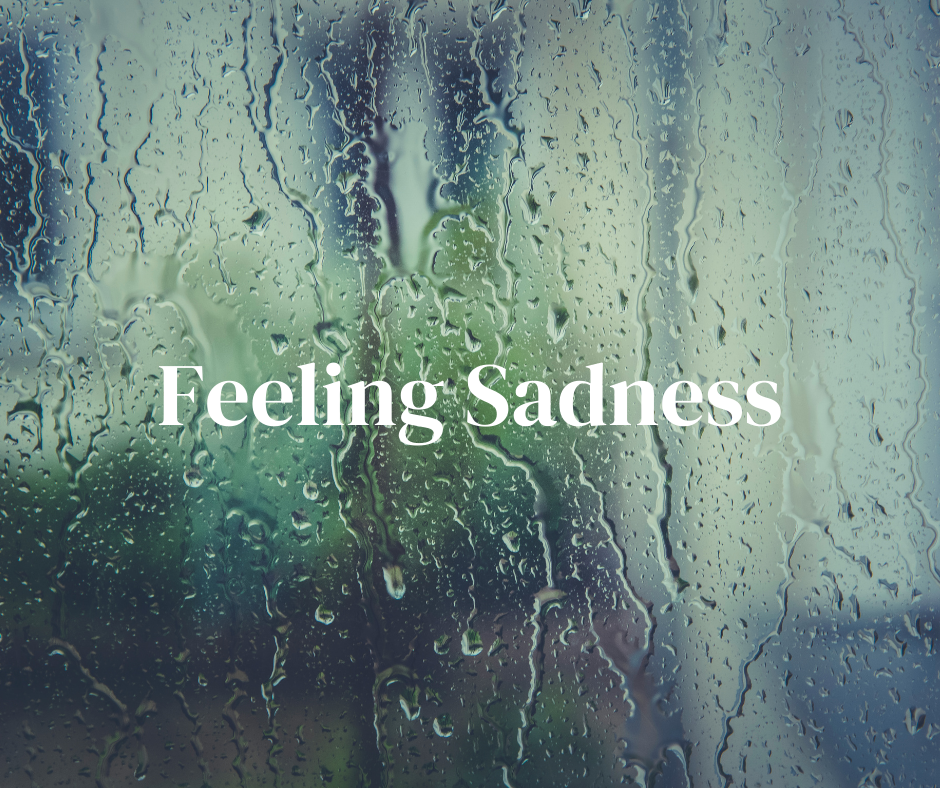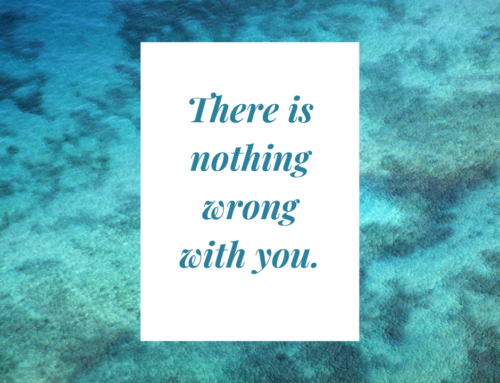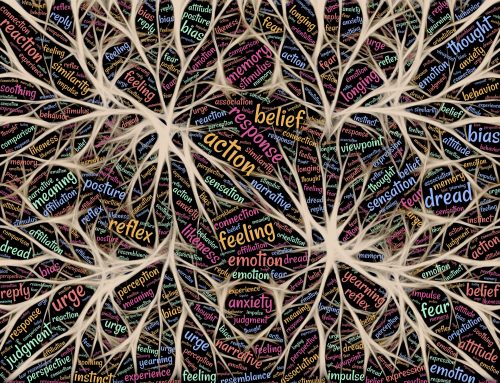
Getting to know your feelings is probably not high on your list of things to do while you’re facing your teen’s eating disorder. In fact, your feelings may be something you go out of your way to avoid because you’re busy trying to hold yourself together. I understand. If someone had suggested to me that I needed to get in touch with my feelings in order to help my daughter with her eating disorder, I may have dismissed the idea. Now I know that being willing to experience my feelings is integral to my capacity to take care of myself. When we’re caring for a child with an eating disorder, we know it’s a good idea to take care of ourselves, but self-care rarely includes being in close contact with our feelings.
Intense Emotions
At first, the intensity of the painful emotions I experienced in response to my teen’s anorexia challenged me beyond my ability to manage them. I don’t blame myself for defaulting into catastrophe mode. I don’t blame myself for wanting to avoid the discomfort and fear that I felt when my child was in distress. I didn’t know how to be present with pain. I was in a hurry to get out of the negative emotions and into more positive ones. I didn’t realize that resisting the pain was causing me to suffer.
For me, my thoughts were usually accessible even while I was attempting to escape my feelings. I could catch myself at many times during the day thinking things that definitely weren’t useful to me or to anyone else. I observed that I was thinking my way to either a complete shut down of my feelings or a complete meltdown with my reactions. The eating disorder could have easily been running not only my child’s life, but my life as well. I could sometimes change my thoughts to help me function and to keep me from having an emotional outburst, but it wasn’t immediately possible. It took me a while to understand that I was completely out of touch with my emotions.
Resisting Negative Emotions
It makes sense to me that those of us who care for a loved one with an eating disorder might engage in a careful avoidance of negative feelings. I think many of us are so concerned with our loved one’s feelings that we keep ours to ourselves to the point that we don’t even notice them, name them, or process them anymore. Some of us never did, but we also didn’t have life circumstances that were as challenging for us as a loved one’s eating disorder.
I’ve found that many of us know we are not feeling very positive much of the time, but we also resist feeling angry or sad or frustrated as much as possible. By resisting our feelings, we are only prolonging them and adding to our suffering, but without a method for managing them, we are coping day to day, many of us one crisis away from our breaking points. I learned that I needed to get to know my feelings before I could really start to open up to allowing some positive ones. I spent most of my energy trying to keep my negative ones at bay, and my attempts at self-care were very robotic. I went through the motions sometimes, but I still felt flat.
How To Get To Know A Feeling
-
Notice the vibrations. What changes can you sense in your body? Use color, texture, temperature, speed, location, strength, any adjectives you can think of to describe it.
-
Name the feeling in one word. What is this vibration in your body? What emotion comes to mind? Ask yourself more questions until the vibration you’re feeling matches the emotion you are naming it.
-
Get curious about it. Become fascinated. What is it doing? Is it there to communicate something to you? Be sure not to resist it or judge yourself for it. It will pass.
-
Do something with it. Carry it along. Let it go. File it away. Write a poem about it. Draw it. Dance it.
Many of us fear our feelings. What if we befriended them instead? How would being willing to experience any and all feelings change our experience?
So much emphasis is put on the steps we need to take in order to rid our loved one of their eating disorder. A lot of energy is put into promoting the importance of self-care of caregivers of those with eating disorders. When you are faced with navigating treatment options and taking care of yourself while caring for your teen, it may sound trivial to take time to focus on building a friendship with your own feelings. It isn’t.
When we learn to be present at the height of our own discomfort, we can access compassion and kindness for our loved one when they are at the height of their discomfort.
Opening our hearts when we are in fear isn’t something we are usually taught to do. Getting to know the emotions that we most hope to avoid sounds like the opposite of a good idea, I know. But it’s only by becoming willing to be in discomfort that we free ourselves from the trap of living in fear of discomfort.
Befriending Sadness
I wanted to avoid sadness and judge myself for not being able to stay upbeat during my daughter’s treatment and recovery. I sometimes didn’t know what to do with the feeling, but I realized I wanted to be sad. By becoming familiar with sadness and welcoming it in, I let go of my need to fear it and opened myself up to appreciating it. Writing this poem about my experience of what has become a familiar feeling enabled me get to know sadness in a different way, as a friend:
A Familiar Feeling
A tightening in my throat
Tingling in my head,
just above my eyes
that fill with tears
Sadness
Heavy
Amorphous
Thick
Gray
Spreading slowly
Like lead
Weighing me down
Holding me back
Telling me to stop
To slow down
To show myself compassion
Without judgement
Sadness
My old friend
Stopping by to see me
Asking me to pay attention
Again
Reminding me to cry
Telling me to listen
To take the time to be with you
Now
To embrace you
Not to push you away
Or hide from you
Hoping you will go away
Sadness
I breathe you in
You catch in my throat
I breathe you out
You’re still here
This is hard
is what I’m thinking
I wonder how long
I will hurt
But your tears heal me
encouraging me
To pass through this wall of grief
To get to the other side
Sadness
You stay as long as it takes
For the heaviness to lift
For the gray to dissipate
For my eyes to dry
I am learning
When you appear
When I let you in
When I acknowledge you
When I allow you to express yourself
Authentically
And I feel you
Completely
You eventually get up to leave
Passing through
Quietly
As gently as you arrived
Sadness
Then I say goodbye
And I prepare
To welcome my next guest
I’m expecting
Peace
What feelings would you like to get to know better?
How can you get to know the feelings you’ve been avoiding?





